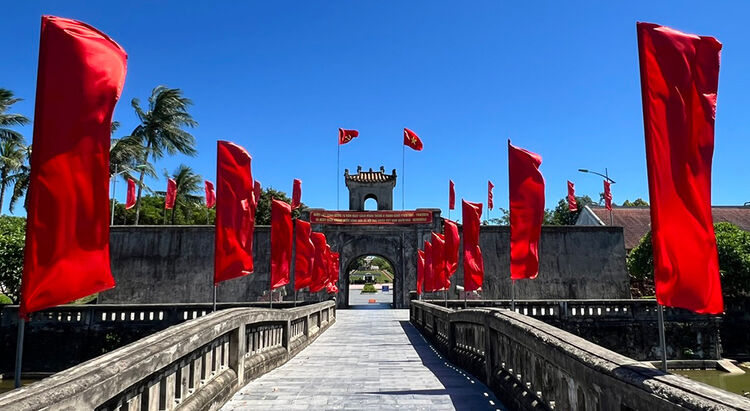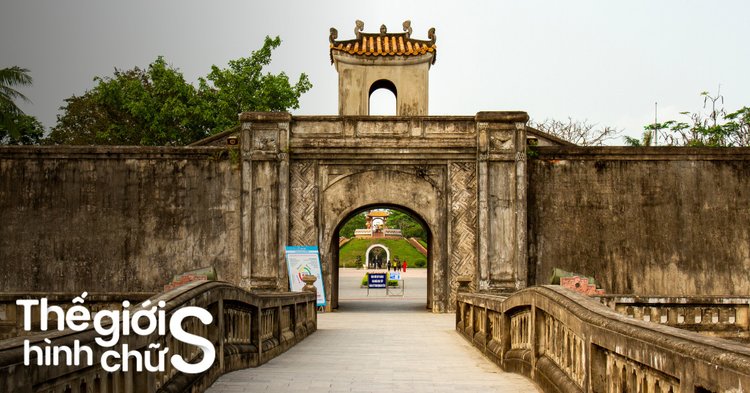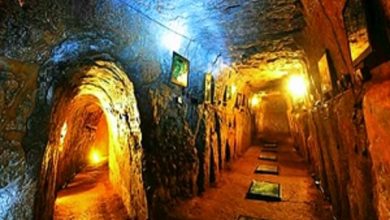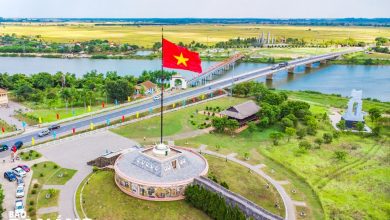Thành cổ Quảng Trị — Quảng Trị Citadel: A Testament of Resilience and Memory

Why Thành cổ Quảng Trị matters
Thành cổ Quảng Trị (Quảng Trị Citadel) is both a historical monument and a living memorial. Originally constructed during the Nguyễn dynasty in the early 19th century and later dramatically reshaped by wartime devastation, the citadel is best known globally for the brutal 81-day battle in 1972. Today it stands as a solemn place of remembrance, education, and heritage tourism — drawing visitors who come to learn about Vietnam’s past, to honor sacrifices, and to reflect on peace.

Image alt: Aerial view of Thành cổ Quảng Trị showing remaining walls and surrounding landscape.
Historical background: imperial origins to modern battlefield
Built in 1809 under Emperor Gia Long and substantially rebuilt in 1837 under Emperor Minh Mạng, the citadel originally served as an administrative and military center with a square plan, thick ramparts and moats. Its architecture reflected classical Nguyễn-era fortress design. Centuries later, the citadel’s strategic riverbank location turned it into a focal point during the Vietnam War. In 1972 the citadel was at the center of fierce combat in the Second Battle of Quảng Trị, an 81-day struggle that caused massive destruction and profound human loss.

Image alt: Surviving gate and wall ruins bearing marks of wartime damage.
The 81-day battle: scale, human cost, and legacy
From 28 June to 16 September 1972, the Second Battle of Quảng Trị became one of the most intense confrontations of the war. The citadel and surrounding areas were subjected to sustained artillery and aerial bombardment, resulting in high military and civilian casualties and widespread destruction. The battle’s memory is preserved at the citadel through scarred walls, memorial markers, and the stories of survivors. For historians and visitors alike, the site is a stark, tangible reminder of the cost of conflict.

Image alt: Wall sections of Thành cổ Quảng Trị with visible wartime damage.
What to see today: memorials, museum exhibits, and interpretive trails
Visitors can explore the citadel’s preserved walls and gates, walk interpretive paths, and visit nearby museums and memorial displays that present wartime artifacts, photographs, and eyewitness accounts. Many installations are bilingual (Vietnamese/English) or include explanatory panels to help international visitors understand the chronology and context. The site also features monuments dedicated to both military personnel and civilians who perished.

Image alt: Memorial plaques and an exhibition space at the citadel complex.
Visitor experience: recommended itinerary & tips
Plan at least 1–2 hours at the citadel to walk the main areas, visit the exhibition displays, and take time for reflection. Suggested itinerary: early morning for cooler temperatures and soft light for photography; start at the main gate, follow the interpretive trail, then visit the museum and riverside memorials. Combine the citadel with a visit to nearby Thạch Hãn River memorials, local military cemeteries, and other regional heritage sites for a full historical day.
Practical tips:
- Wear comfortable walking shoes (uneven historic surfaces).
- Respect memorial rules (no loud behavior, photography limitations where posted).
- Hydrate and use sun protection — central Vietnam can be hot midday.
- Consider hiring a local guide for deeper historical context and survivor narratives.

Image alt: Visitors walking along a restored path at Thành cổ Quảng Trị.
Why the citadel matters for tourism and education
Thành cổ Quảng Trị is more than a tourist stop; it is a living classroom about war, resilience, and reconciliation. Schools, international researchers, war historians, and peace advocates use the site as a case study for military history, post-conflict recovery, and heritage preservation. Responsible tourism here supports local conservation efforts and helps keep the memory of those lost alive.

Image alt: Evening view of memorial area with lighting.
Suggested travel logistics
- Getting there: Quảng Trị is accessible by road and rail from major central Vietnam cities (Hue, Dong Ha, Da Nang). The regional airport in Quảng Trị is limited; most visitors transfer from Hue or Da Nang.
- Best time to visit: November–April for milder weather; avoid peak heat months (May–August) if possible.
- Nearby accommodations & services: Quảng Trị Town offers guesthouses, small hotels, and local eateries; larger options are available in nearby Hue.



